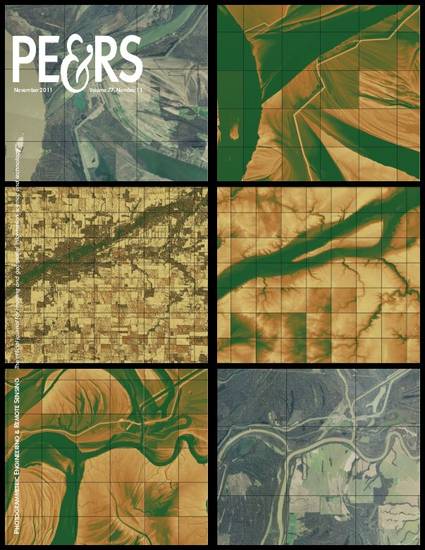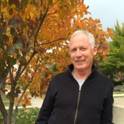
Research goals were to analyze patterns of urban landscape water use, assess landscape water conservation potential, and identify locations with capacity to conserve. Methodological contributions involved acquiring airborne multispectral digital images over two urban cities which were processed, classified, and imported into a GIS environment where landscaped area were extracted and combined with property and water billing data and local evapotranspiration rates to calculate landscape irrigation applications exceeding estimated water needs. Additional analyses were conducted to compare classified aerial images to ground-measured landscaped areas, landscaped areas to total parcel size, water use on residential and commercial properties, and turf areas under tress when they were leafed out and bare. Results verified the accuracy and value of this approach for municipal water management, showed more commercial properties applied water in excess of estimated needs compared to residential ones, and that small percentages of users accounted for most of the excess irrigation
